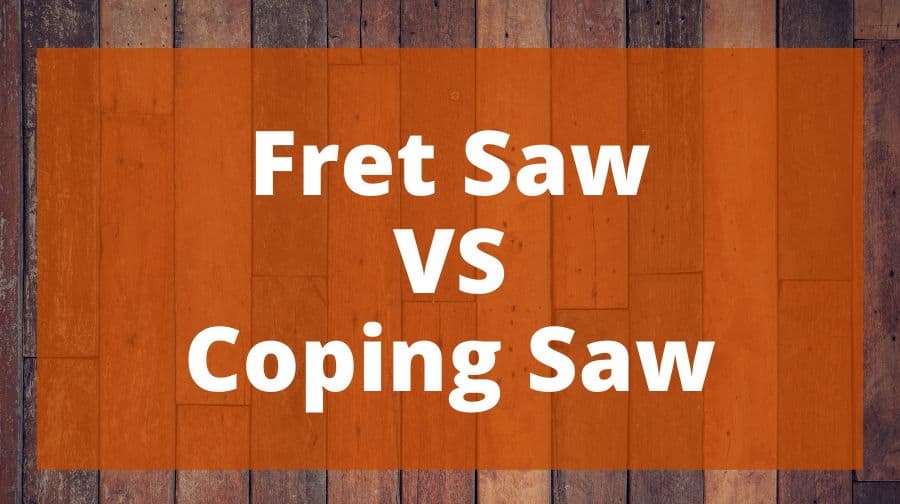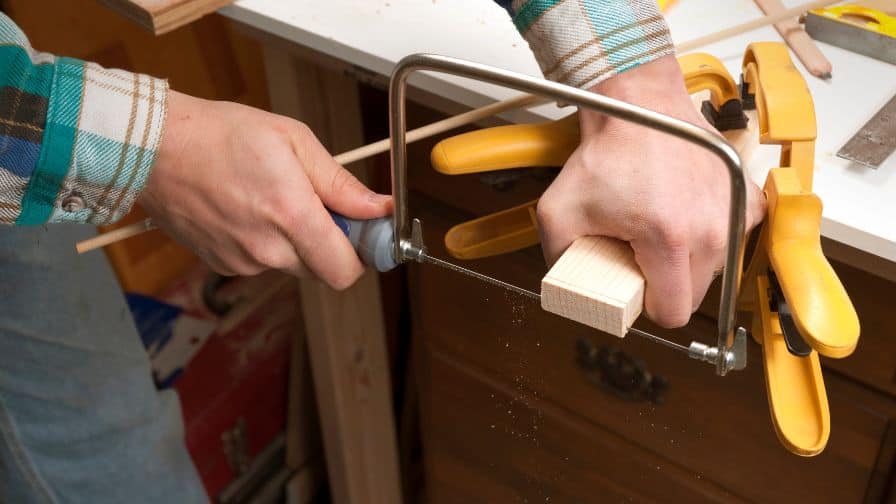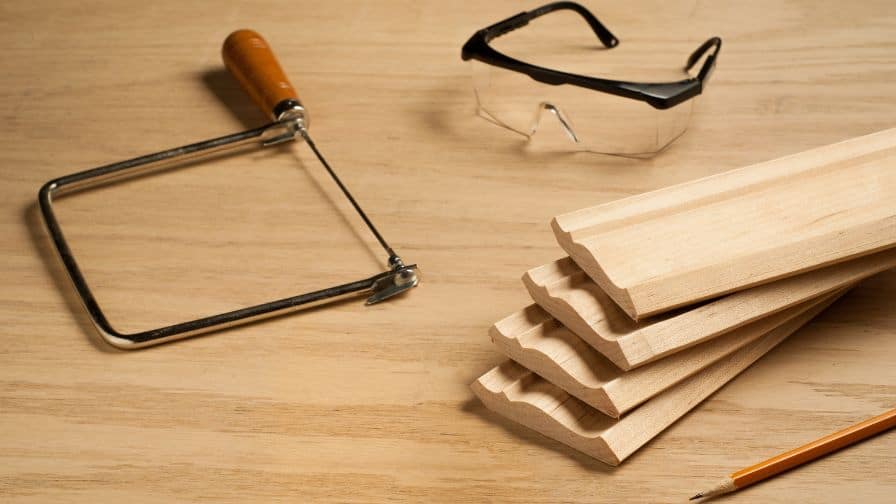
Do you know the difference between a fret saw and a coping saw? If not, don’t worry! You’re not alone. Many people are unsure of the difference between these two types of saws.
In this blog post, we will discuss the differences between fret saws and coping saws. We will also provide tips on how to choose the right type of saw for your needs.
What Is A Fret Saw
A fret saw is a type of saw used to cut intricate curves in wood. The blade of a fret saw is very thin and delicate, making it ideal for cutting tight curves without breaking the wood.
What Is A Coping Saw
A coping saw is a type of saw used to cut shapes out of wood. The blade of a coping saw is much thicker and more durable than the blade of a fret saw, making it ideal for cutting larger pieces of wood.
The Difference Between Fret Saws And Coping Saws
You’ve probably seen both fret saws and coping saws in the hardware store and wondered what the difference is.
Here’s a quick rundown:
Fret saws are smaller than coping saws and have very thin blades. This makes them ideal for making precise, detailed cuts in wood. Coping saws, on the other hand, have thicker blades and are better suited for making rougher cuts.
So, which one should you use? If you need to make a precise, detailed cut, go for a fret saw. If you’re just making a rough cut, a coping saw will do the job just fine.
Subscribe to SawsHub DIY Woodworking Tips on YouTube
When Should You Use A Fret Saw?
Both fret saws and coping saws can be used to make curved cuts, but fret saws are better at it. This is because the blade of a fret saw is held under tension, which makes it easier to control.
If you need to make a lot of curved cuts, or if the curves are particularly tight, then a fret saw is the better choice. Coping saws can also be used for these types of cuts, but they require more skill and patience.
Fret saws are also better for cutting delicate materials, such as veneers and inlays. This is because the blade of a fret saw is thinner and has less set, meaning that it can make cleaner, more precise cuts.
When Should You Use A Coping Saw?
Coping saws are better for making straight cuts, and they can also be used to make rough cuts in thicker materials. This is because the blade of a coping saw is not held under tension, so it can be more easily directed.
If you need to make a lot of straight cuts, or if the material you’re cutting is thick and/or difficult to work with, then a coping saw is the better choice. Fret saws can be used for these types of cuts, but they require more skill and patience.
Coping saws are also better for cutting through nails and other fasteners. This is because the blade of a coping saw is wider and has more set, meaning that it can more easily cut through nails and other fasteners.

Fret Saw Vs Coping Saw – Blade Size
When it comes to choosing between a fret saw and a coping saw, one of the key considerations is blade size. The biggest difference between a fret saw and a coping saw is the size of their blades. Fret saws have much smaller blades, which makes them ideal for cutting intricate designs into wood. Coping saws have larger blades, which makes them better suited for cutting through thicker pieces of wood.
A fret saw typically has a much thinner blade than a coping saw, which means that it can make more precise cuts. However, this also means that the fret saw is more likely to break if you try to cut through thick material.
If you’re not sure what size blade you need, it’s generally a good idea to err on the side of a larger blade. That way, you’ll be able to make more types of cuts without having to worry about the saw breaking.
Fret Saw Vs Coping Saw – Amount Of Teeth
The amount of teeth per inch is one of the main differences between a fret saw and a coping saw. A fret saw has more teeth per inch, which means it can make finer cuts. Coping saws have fewer teeth per inch, so they’re better for making rougher cuts.
When it comes to choosing between a fret saw and a coping saw, it really depends on the project you’re working on. If you need to make precise, detailed cuts, then a fret saw is the way to go. But if you’re just making rough cuts, then a coping saw will do the job just fine.
So there you have it! The main difference between a fret saw and a coping saw is the number of teeth per inch. Now you can go out and tackle that project with the right tool for the job.
Fret Saw Vs Coping Saw – Handle
The handle of a coping saw is U-shaped and fits comfortably in the palm of your hand,
whereas the handle of a fret saw is more like a pistol grip. This makes the coping saw
easier to control and results in cleaner cuts.




